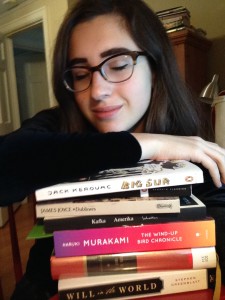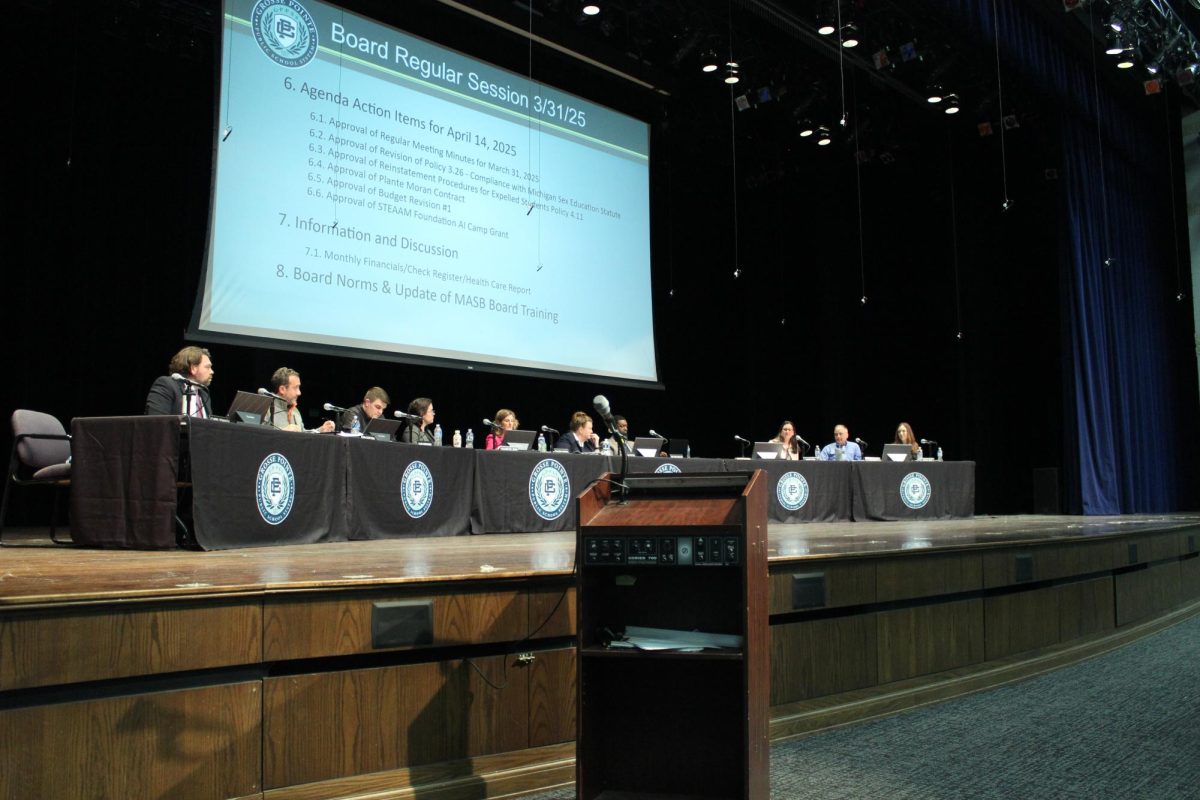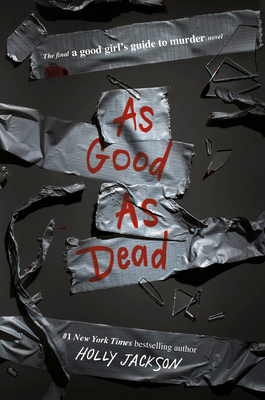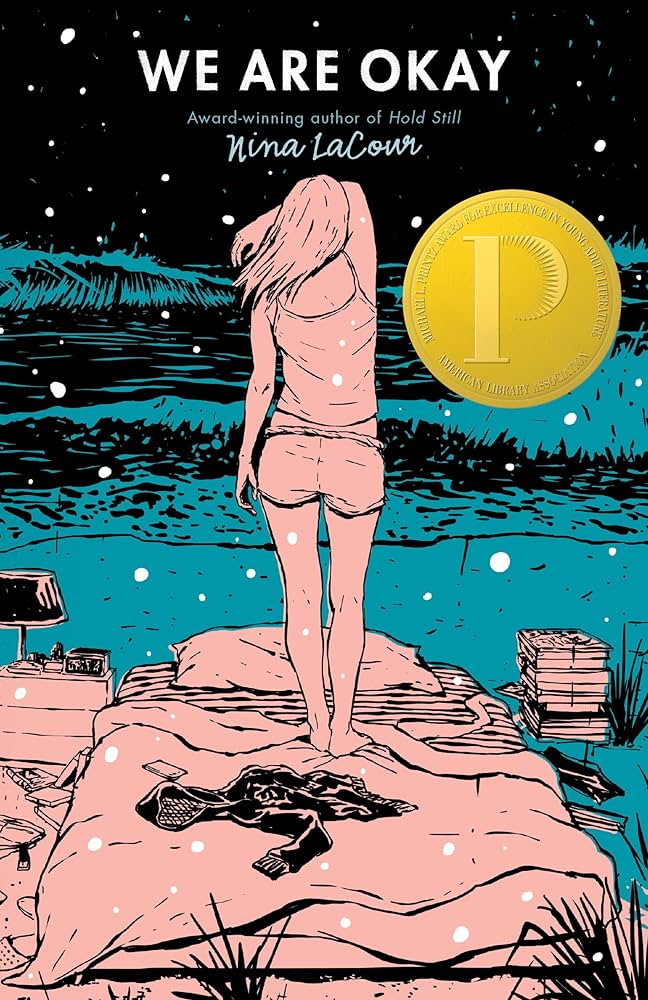By Lauren Pankin ’16 | Copy Supervisor
Last winter break, I went to Paris, Tokyo, and Colombia–all in a single day, and for under $50.
Treat yourself to similar vacations this holiday season by picking up one of these great reads. Whether you’re planning on basking in Florida sun, skiing down Vale slopes, or making yourself a cup of hot cocoa in front of the fireplace, these exciting reads will transport you to another country, world, or time.
(For the sake of readability, I tried to limit my choices to works published from 1900 to the present–so, you won’t find “Beowulf” or Homer on this list.)
If you have a few hours:
“The Metamorphosis” by Franz Kafka
Imagine waking up from a long winter’s nap…as a massive, monstrous bug. That’s exactly what happens to Gregor Samsa, a traveling salesman who transforms into a nightmarish, garbage-eating horror overnight. It’s the perfect novella if you dread visiting your crazy family over holiday break–reading about the angry, insensitive, and downright abusive Samsas will make grouchy Uncle Bob seem like a Christmas angel.
“Travels with Charley In Search of America” by John Steinbeck
This short book should be required reading for American Lit. Hell, this book should be required reading to become a U.S. citizen. In this novel, Nobel-prize winning American author John Steinbeck writes about his country like a modern Alexis de Tocqueville. Accompanied by his poodle Charley, Steinbeck hits the road, travelling from New York to California in 1960. As Steinbeck meets French-Canadian potato farmers, old friends in a changing hometown, and racist Southerners violently protesting school integration, the story presents an unflinching analysis of the powerful American spirit.
“Do Androids Dream of Electric Sheep?” by Philip K. Dick
If you’ve seen “Blade Runner”, then you’ll enjoy this long short story. In the neo-noir movie version, Harrison Ford plays Rick Deckard, a handsomely silent bounty hunter, who ‘retires’ (kills) creepily sexy ‘replicants’ (androids) in a post-apocalyptic world. Don’t worry–in the book, the androids are still sexy, even if they are incapable of feeling empathy. Dick’s work is superior to the movie in its maddening depiction of a world in which the real and artificial are nearly identical–in religion, television, animals, and even people. If you’re in AP Lang, this is the perfect way to get your feet wet before the spring dystopian unit.
“Strange Pilgrims” by Gabriel Garcia Marquez
While Marquez’s genius is evident in his longer novels “One Hundred Years of Solitude” and “Love in the Time of Cholera”, it sparkles in these short stories, which sat unpublished until 1992. I picked up this anthology at a garage sale, and found myself entranced. From a murderous ghost haunting a vacationing family to a sane woman trapped in an asylum, Marquez’s stories are darkly funny and morbidly enthralling.
If you have a day:
“Never Let Me Go” by Kazuo Ishiguro
This is one of the most disturbing and heartbreaking works of fiction I have ever read–it’s up there with 1984. Written in Kazuo Ishiguro’s hauntingly simple prose, this novel tells the story of British children raised at an idyllic boarding school sheltered from the rest of the world. But these children aren’t really children–they’re clones whose organs will be harvested before they die in their twenties. The plot sounds as if it will be cold, futuristic, and unrealistic, but Ishiguro’s novel presents the dehumanizing effects of progress in an eerily human way. The clones love, dream, and mourn with an incredible depth of emotion. You’ll finish teary-eyed, unless you’re one of Dick’s androids.
“Cat’s Cradle” by Kurt Vonnegut
This is the “Dr. Strangelove” of the literary world. Full of madcap characters and zany international adventures, “Cat’s Cradle” satirizes the atomic age. Difficult to summarize, the work follows the protagonist’s journey with atomic bomb co-creator Felix Hoenikker’s children to the poorest nation on Earth, the tiny Caribbean island of San Lorenzo. Its dictator, “Papa” Monzano, threatens death by impalement on a giant hook, but his adopted daughter Mona attracts John’s attention. All the while, a cataclysmic substance called ice-nine haunts the characters. Although this description may seem confusing, the novel itself is perfectly understandable due to Vonnegut’s gift of rationalizing the absurd.
“The Picture of Dorian Gray” by Oscar Wilde
This book was published in 1891, but it reads like it was written yesterday. Full of Oscar Wilde’s scandalous humor and overly lavish description, this Victorian romp follows the corruption and destruction of the beautiful Dorian Gray, who trades his soul to the devil so he can retain his good looks. Snarky Lord Henry is one of my favorite literary characters–his casual debauchery is the perfect Mephistopheles to Gray’s Faust. With one-liners like “the only way to get rid of a temptation is to yield to it,” Lord Henry is as quotable as he is destructive.
“Norwegian Wood” by Haruki Murakami
I can’t stand love stories with happy endings. “Pride and Prejudice?” “The Notebook?” “Twilight?” Yuck. If you’re in consensus, then you’ll love “Norwegian Wood”, a love story with a bittersweet conclusion. Toru Watanabe, a Japanese student during the turbulent 1960s, falls in love with Naoko, the girlfriend of his best friend, who committed suicide in high school. At university, Watanabe develops a friendship with Naoko’s alter ego–the vivacious, energetic, and passionate Midori. When Naoko ends up in a mountain sanatorium, Watanabe must decide whether to choose Naoko and nostalgic grief for the past, or Midori and energetic optimism for the future.
If you have a few days:
“The Song of Ice and Fire” (Series) by George R.R. Martin
I thought I had left fantasy fiction behind after I finished Harry Potter in elementary school. In fact, I laughed when my friend forced me to borrow Game of Thrones, the first book in the series, dismissing it as the bible of LARPing, Dungeons & Dragons nerdom. Then I started reading, and I couldn’t put the book down. Now, I have finished nearly all five books, and am eagerly awaiting the sixth. Balancing the fantastic world of dragons, wizardry, and castles with grisly struggle for power, George R.R. Martin creates a surprisingly complex and grown-up series. Even if you’ve watched the show, read the books–especially since the plots really diverge after season 4.
Last year, I walked into Ms. Peck’s class and asked to borrow a book. Thinking she’d throw “Beloved” or “Moby Dick” or some famous piece of literary canon my way, I was surprised when she handed me a book I’d never even heard of before. If you are sick of reading the “Old Dead White Men”, “White Teeth” is the perfect antidote. Following three generations of two British families, “White Teeth” examines generational divides, the impact of immigration, feminism, cultural inheritance, and history’s boomerang in this thrilling, perfectly structured modern masterpiece. While the novel introduces the reader to a wealth of new experiences and ideas, it never becomes didactic or overly philosophical.
“Les Miserables” by Victor Hugo
You’ve seen the movie, maybe the musical live. But have you read the book? Yes, it’s a long read–but it’s so worthwhile. Jean Valjean’s journey is far more engrossing in the novel than in any spin-off. Cleanly written, the book goes surprisingly quickly, and there’s something for everyone in it, from young romance to old revenge. As a commentary on the failures and successes of mankind, “Les Miserables” is still very relevant, even hundreds of years later, especially when we consider the American prison-industrial complex and socioeconomic divide. Read it for the adventure, the characters, and for greater understanding of the works it has inspired!

Here’s what’s on my winter break reading list this year:
- “Amerika” by Franz Kafka
- “The Oresteia” by Aeschylus
- “Dubliners” by James Joyce
- “The Wind-Up Bird Chronicle” by Haruki Murakami
- “Name of the Rose” by Umberto Eco
- “Will in the World” by Stephen Greenblatt
- “Big Sur” by Jack Kerouac










































































